What Are Those Giant Painted Heads Floating in the Seine?
Some of the Louvre’s most famous works inspired a series of half-submerged installations for the Olympic games.
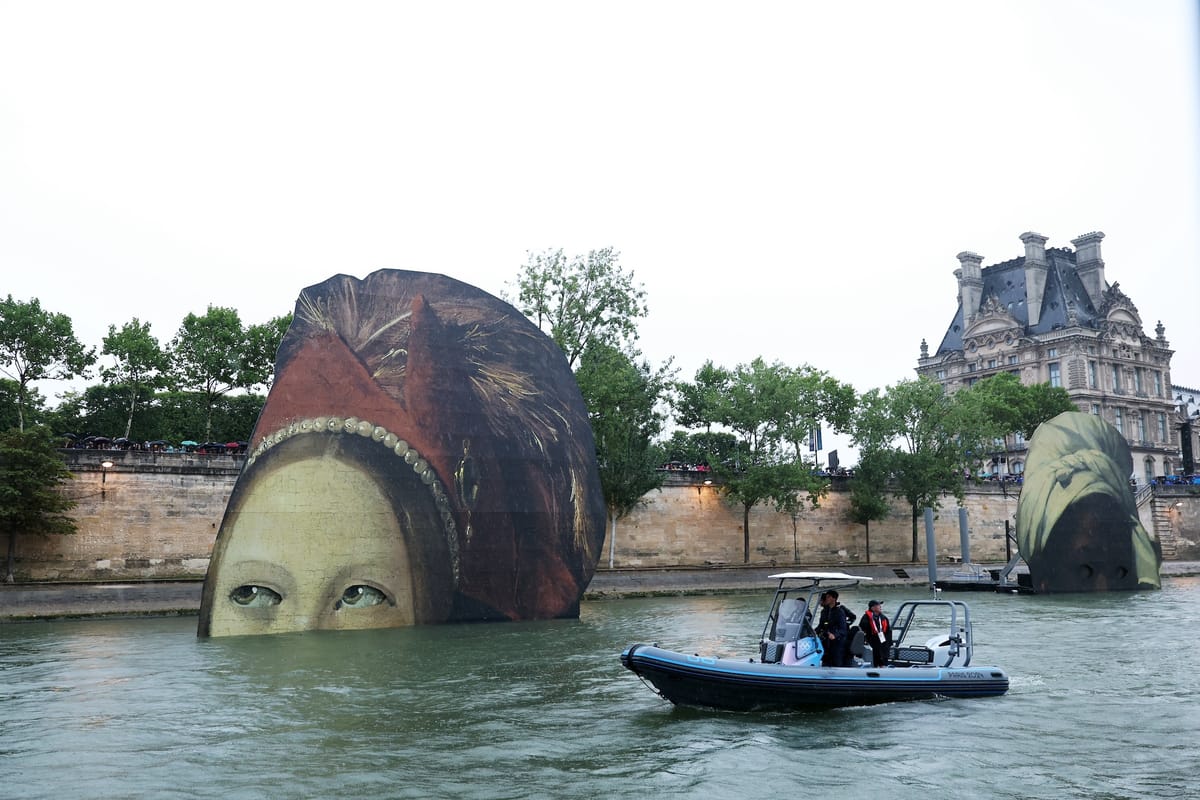
The Paris 2024 Summer Olympic Games kicked off last Friday, July 26, with an extravagant opening ceremony along the Seine featuring a diverse medley of artistic events. From vocal performances by Celine Dion and Aya Nakamura, a 94-boat parade along the river, and a galloping metallic horse to a drag show depicting Ancient Greek gods on Mount Olympus (erroneously thought to be mocking "The Last Supper"), hundreds of millions of people tuned in to the ceremonial spectacles. The audience included some unexpected guests: subjects from some of the most famous artworks in the Museé du Louvre's collections.
Hard to miss in their size, the monumental reproductions of art history icons emerged from the river with their eyes just above water level to observe the cruising parade flotillas. Perhaps skinny dipping, the French Duchess and Marchioness Gabrielle d'Estrées — also remembered as the mistress of King Henri IV — escapes from the École de Fontainebleau composition of herself and her sister to soak from her chin down in the Seine and enjoy the beginning of the games. The water is so opaque that we can't see what's happening beneath the surface, though.
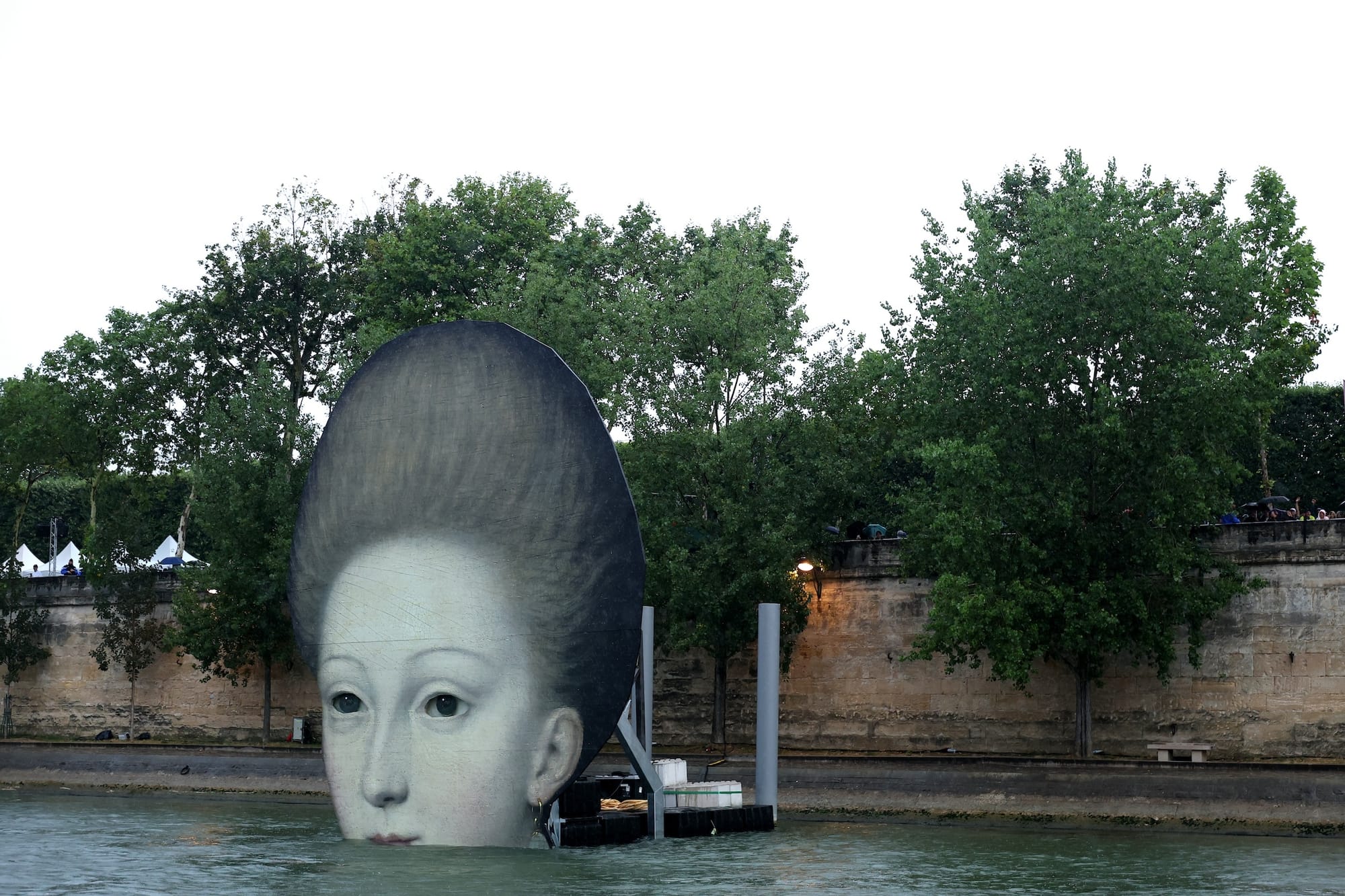
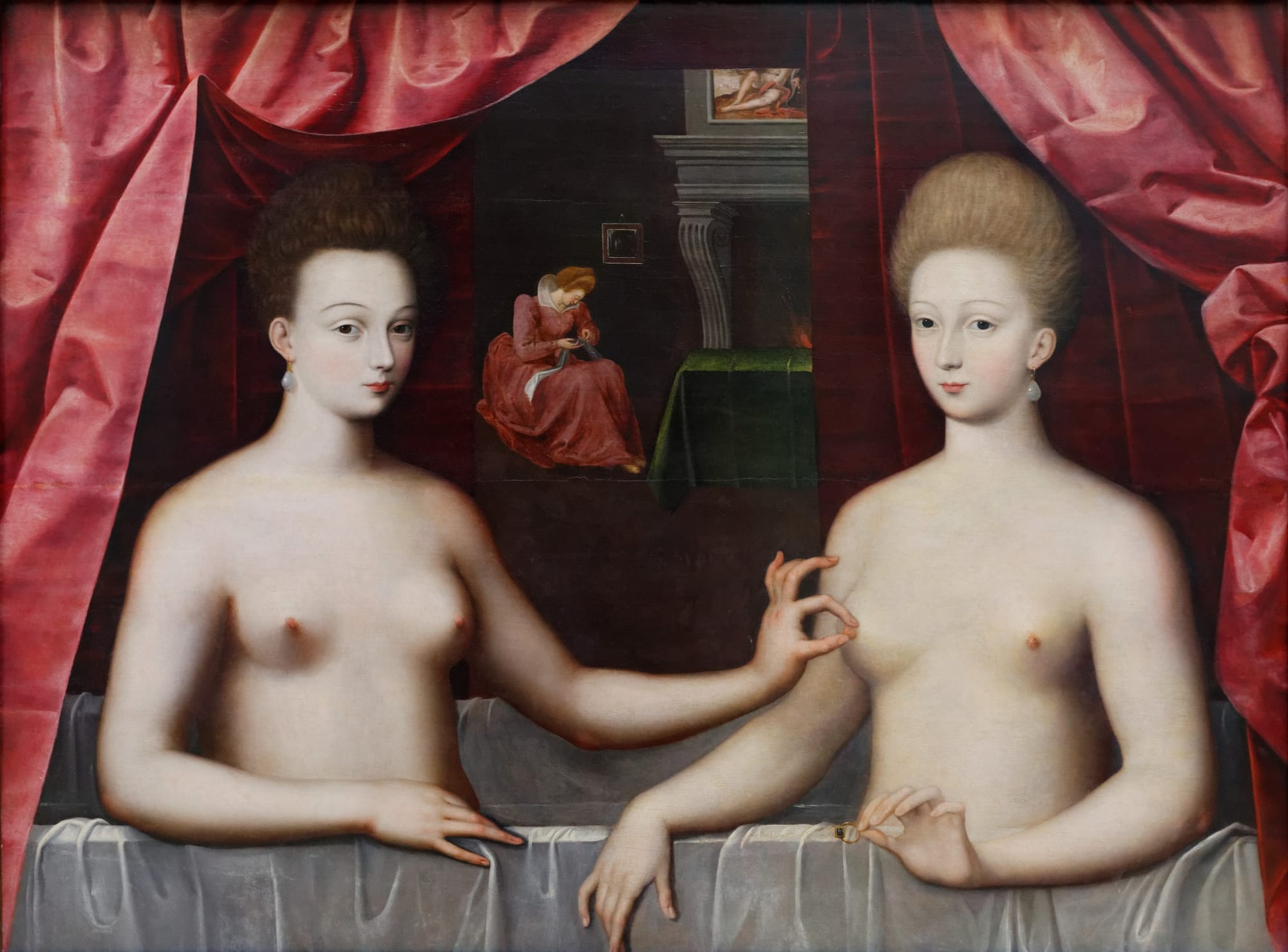
Gabrielle is joined by a young Persian pageboy, the secondary subject in Muhammad Qasim's "Portrait of Shah Abbas I and his page" (1627) held in the Louvre's collection of Islamic Arts. Just ahead of them, the central Baroque figure with a rouge headdress from Georges de La Tour's "The Ace of Diamonds Cheater" (c. 1636–40) treads water next to Marie-Guillemine Benoist's "The Portrait of a Black Woman" (1800) — neither of them making eye contact despite being within feet of each other.
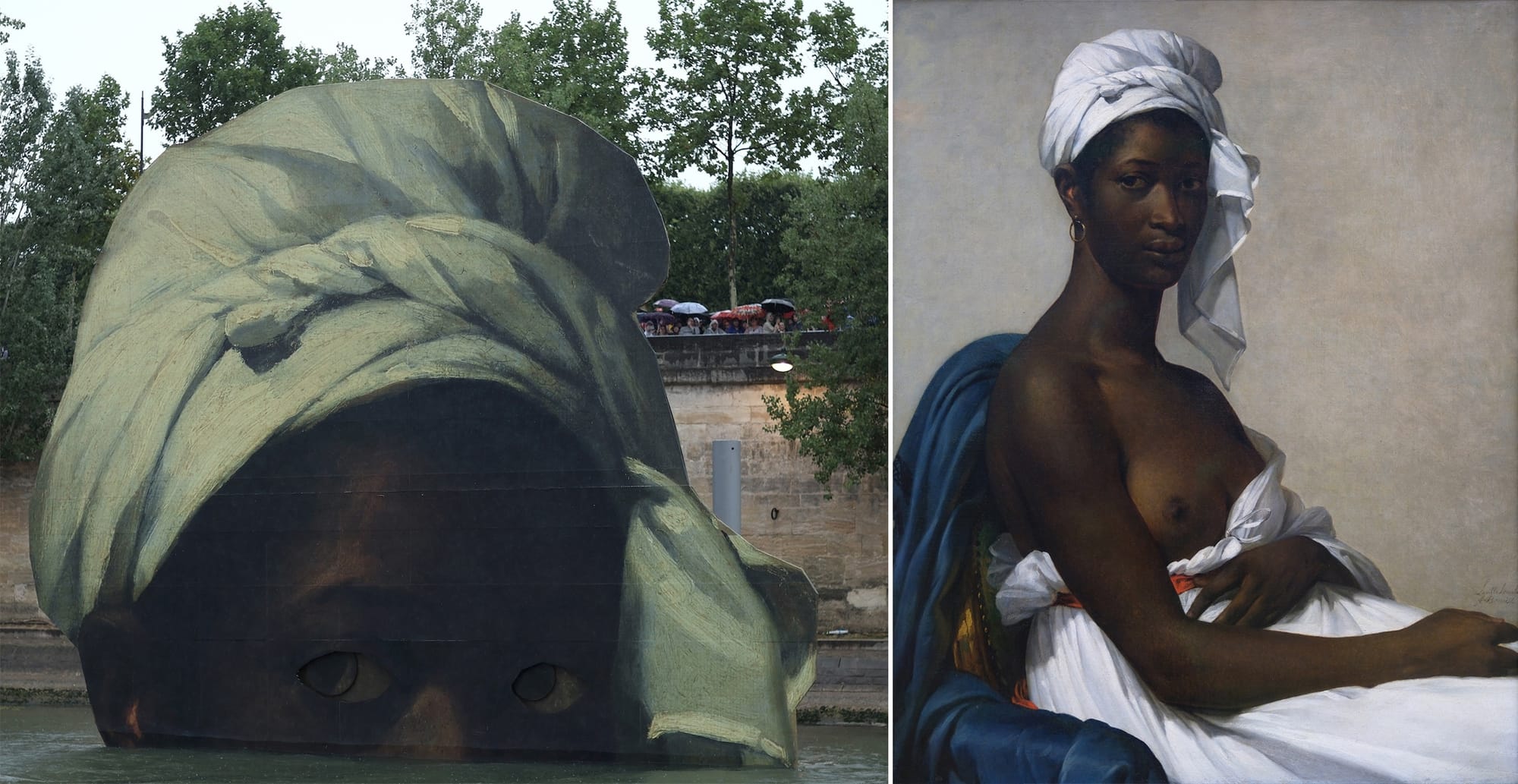
As the opening ceremony centered the diversity and artistry of the Olympics and the host nation itself, delving into the Louvre's collections was the most obvious choice for anchoring the festivities before the games began. The only suggestion to bring the painted subjects to life would have been to add a constant stream of bubbles coming from their noses and mouths underwater.
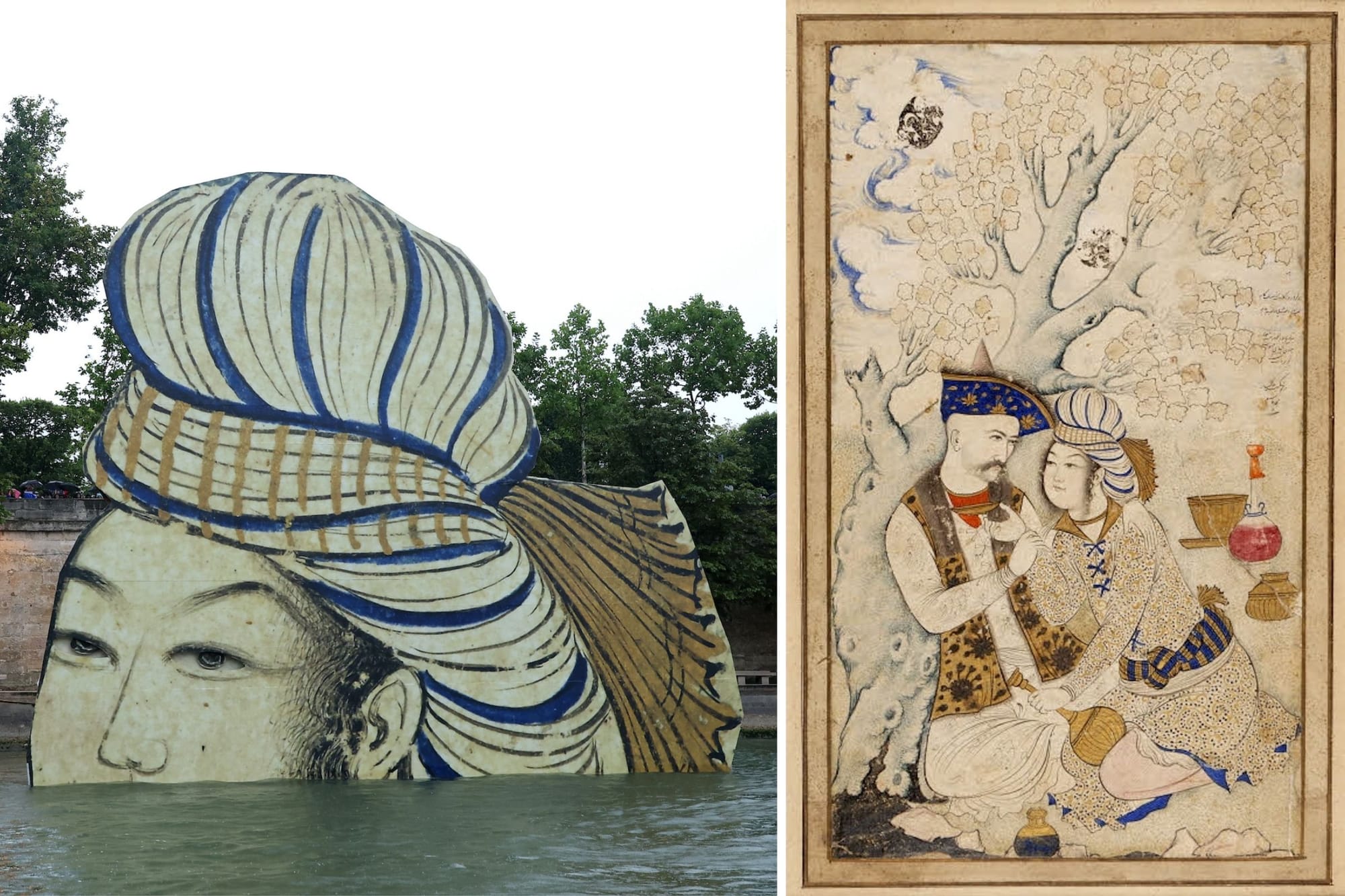
It's worth noting that while some of the most important figures in art history might be getting pruny in the water throughout the games, the Men's Triathlon event has been postponed after a citywide downpour due to concerns about bacterial and pollutant levels in the Seine. That being said, those who are unwilling to stoop down to the surface to get a closer look will be able to find the full versions of "The Portrait of a Black Woman," "The Ace of Diamonds Cheater," and "Gabrielle d'Estrées and One of Her Sisters" on view (and on land) in the Louvre's Sully Wing and Richelieu Wing.





